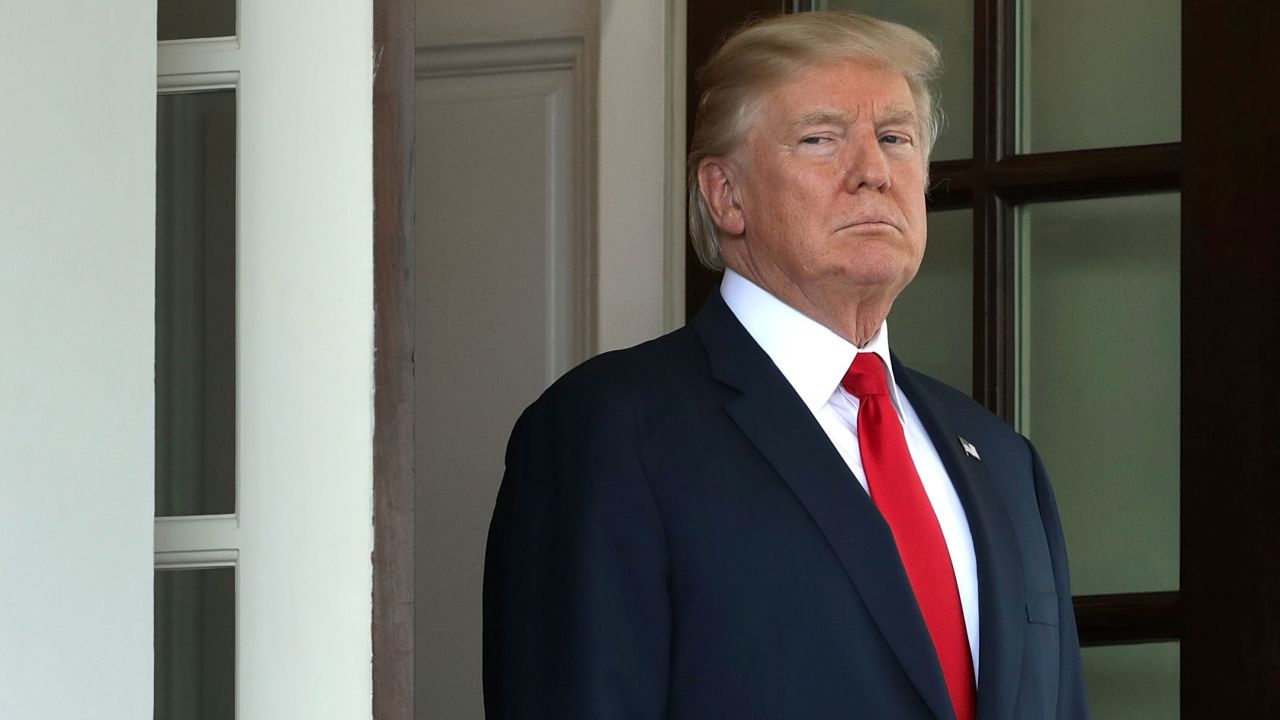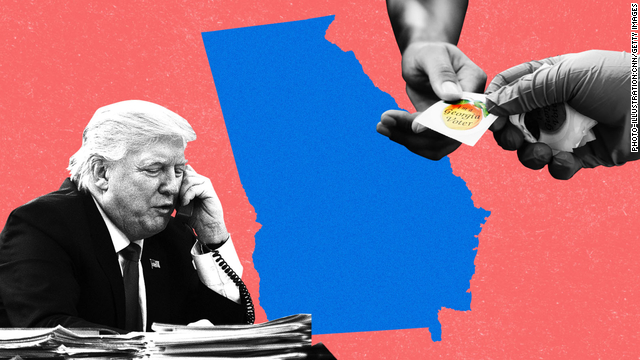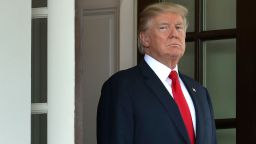Portions of the highly anticipated report from a special grand jury in Georgia that investigated Donald Trump’s actions in the state after the 2020 election were released Thursday, revealing two findings of its monthslong probe but leaving many key questions unaddressed.
Fulton County Superior Court Judge Robert McBurney ordered the limited release earlier this week, writing in his order that the report’s introduction and conclusion, as well as concerns the grand jury panel had about witnesses lying under oath, will be made public.
McBurney was clear that other findings by the special grand jury won’t be made public yet – particularly the parts where the report makes recommendations about potential charges. That’s because some of the people named in those recommendations may not have appeared in grand jury proceedings so far.
No individuals were therefore listed by name in Thursday’s release.
The portions released Thursday were brief, totaling just nine pages.
Here are takeaways from the release:
No widespread voter fraud in Georgia
The special grand jury “unanimously” concluded that there wasn’t widespread voter fraud in Georgia in 2020, rejecting Trump’s conspiracy theories after hearing “extensive testimony” from election officials, poll workers and other experts.
“The Grand Jury heard extensive testimony on the subject of alleged election fraud from poll workers, investigators, technical experts, and State of Georgia employees and officials, as well as from persons still claiming that such fraud took place,” the grand jury said.
“We find by a unanimous vote that no widespread fraud took place in the Georgia 2020 presidential election that could result in overturning that election,” it added.
The grand jury’s conclusions on the fraud matter is important because it once again establishes that Trump was attempting to overturn the results of a legitimate election. That could factor into charging decisions by state prosecutors, who are weighing whether to indict Trump and his allies with crimes related to 2020.
Potential perjury charges
The special grand jury recommended that Fulton County District Attorney Fani Willis consider indicting some witnesses for perjury.
The grand jury “received evidence from or involving 75 witnesses during the course of this investigation, the overwhelming majority of which information was delivered in person under oath.” But jurors clearly weren’t satisfied.
Perjury “may have been committed by one or more witnesses testifying before it,” according to portions of the report disclosed Thursday. “The Grand Jury recommends that the District Attorney seek appropriate indictments for such crimes where the evidence is compelling.”
The pages released Thursday do not name any witnesses alongside that recommendation and do not provide any other details about the witness testimony the special grand jury heard.
Willis, a Democrat, has not brought any charges in the investigation at this time. During a hearing last month on whether to publicly release the report, Willis suggested that the special grand jury had recommended multiple indictments and said that her decision on whether to bring charges was “imminent.”
Waiting for word on Trump
The most obvious and pressing question stemming from the Fulton County investigation is: Will Trump be indicted? The excerpts of the report that came out Thursday didn’t move the ball forward in answering that question. Trump’s name – or the name of any subject of the investigation or witness – wasn’t mentioned.
That means the waiting game continues.
The implications of Willis’ decisions couldn’t be higher. The 2024 presidential campaign is already kicking into gear, and Willis’ decision on charging Trump could potentially scramble the Republican primary field.
Trump did not testify before the panel. In a statement Thursday, his campaign again touted his “perfect” phone calls to Georgia election officials, saying he did nothing wrong.
Willis’ investigations started in early 2021, soon after a January call became public in which Trump pressured Georgia Secretary of State Brad Raffensperger, a fellow Republican, to “find” the votes necessary for Trump to win the Peach State in the presidential election.
How the special grand jury operated
Parts of the special grand jury report released Thursday shed light on how the panel – which had 26 members, including three alternates – operated behind closed doors over the past several months.
The grand jury began hearing evidence on June 1, 2022, having been empaneled a month earlier, and heard from 75 witnesses who played a range of roles in the 2020 election in Georgia. That testimony was usually delivered under oath.
The grand jury also reviewed physical and digital evidence, as well as the testimony from investigators and the input of team of assistant district attorneys who outlined for the grand jury the applicable statutes and procedures.
Most of the report remains under seal. But the released excerpts hint how it is structured.
“We set forth for the Court our recommendations on indictments and relevant statutes, including their votes by the Grand Jurors,” an excerpt from the report said. “This includes the votes respective to each topic, indicated in a ‘Yea/Nay/Abstain’ format throughout.”
The still-secret report also includes footnotes where the grand jurors had the chance to clarify their votes the various recommendations, according to the public excerpts. In the report conclusion that was made public, the grand jury notes that its members were not legal experts in criminal law or election law.
“The majority of this Grand Jury used their collective best efforts, however, to attend every session, listen to every witness, and attempt to understand the facts as presented and the laws as explained,” the excerpts said.
More of the report could come out
More of the report could be released at a later date, according to the portions made public Thursday.
“Before its dissolution, the Special Purpose Grand Jury voted to recommend that the Special Purpose Grand Jury Final Report be published. The Special Purpose Grand Jury did not recommend a manner or time for such publication,” it reads.
Totaling just nine pages – three of which contained no substantive information – the portions released Thursday were short and didn’t provide extensive information on the investigation’s findings.










